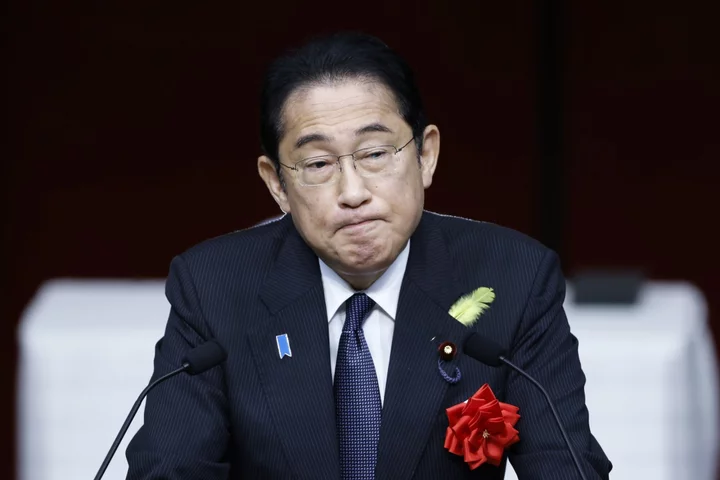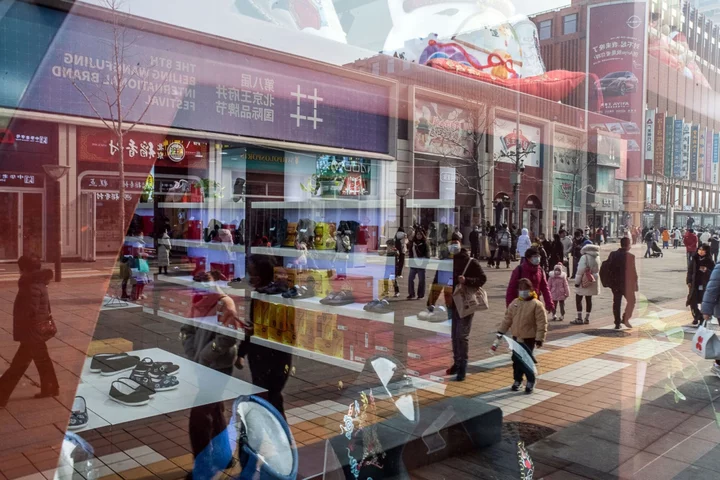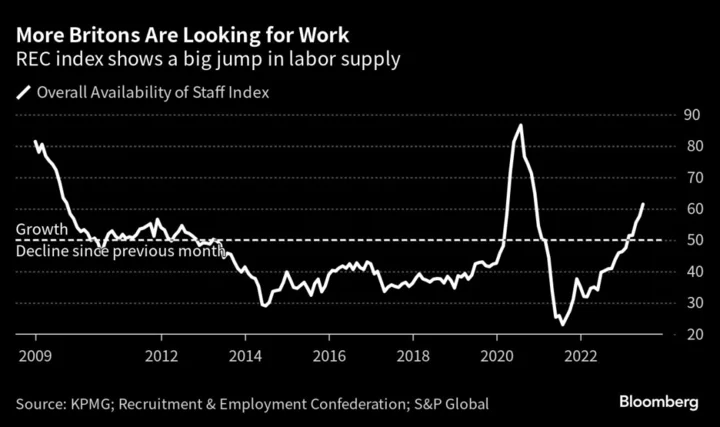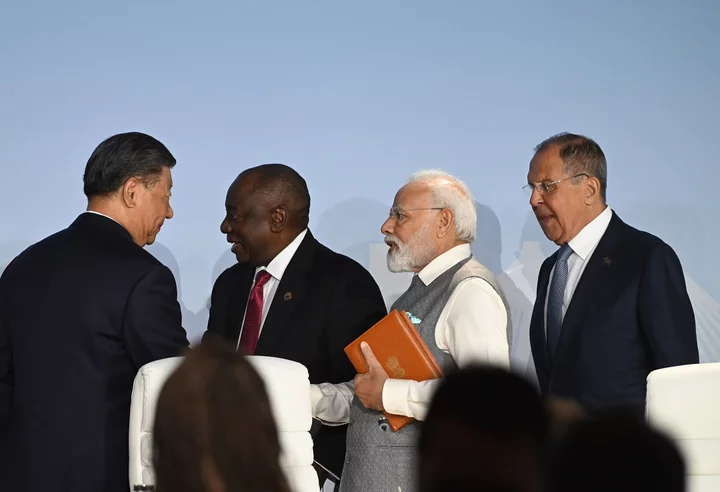Japan’s ruling Liberal Democratic Party faces two special elections on Sunday, where any loss would be a fresh setback for Prime Minister Fumio Kishida, whose public support has sagged to its lowest since he took office.
Both constituencies in contention were previously held by the LDP, with a lower house seat in the southwestern prefecture of Nagasaki falling vacant after the death of the previous incumbent. A seat in the less powerful upper house representing a constituency on the island of Shikoku opened up when the previous representative resigned after apologizing for a physical attack on his secretary.
Voting began at 7 a.m. and will end at 8 p.m., when domestic media are likely to publish forecast results based on exit polls.
While Kishida need not hold a general election until 2025, any further signs of weakness could mean he faces difficulties controlling the powerful factions within his party, and his job as LDP leader could be under threat in a vote less than a year away.
In Nagasaki, the LDP’s Yozo Kaneko, the son of a former agriculture minister, faces off against Seiichi Suetsugu of the opposition Constitutional Democratic Party. In the Shikoku constituency, Ken Nishiuchi of the LDP is running against Hajime Hirota, who is backed by several opposition parties.
Soaring Prices Are Turning Voters Against Japan’s Prime Minister
Support for Kishida’s cabinet slumped to 29% from 37% in the previous month in a poll carried out by the Asahi newspaper last weekend, marking the lowest level since he took office two years ago.
Surveys show voters are dissatisfied with the steps he’s taken to shield them from the effects of inflation. Those measures include expanding and extending gasoline subsidies to the end of the year.
On Friday, Kishida announced he’d instructed ruling party executives to consider introducing temporary tax cuts to “return something to the people” after an increase in tax revenues.









